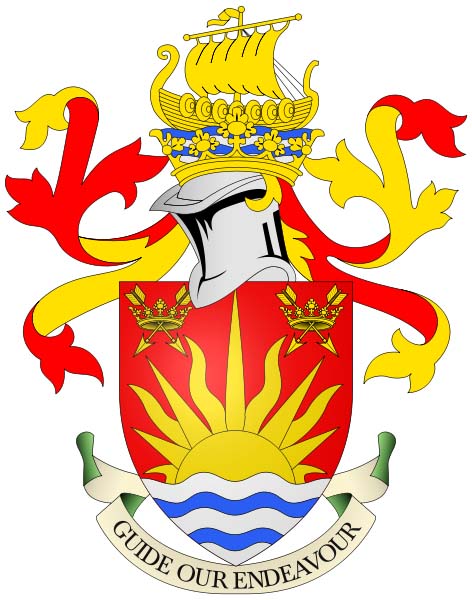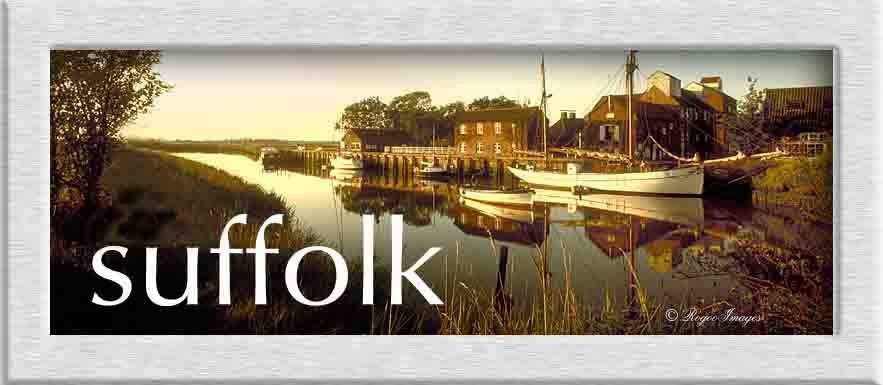Snape Maltings.
An arts complex on the banks of the River Alde at Snape, Suffolk. It is best known for its concert hall, which is one of the main sites of the annual Aldeburgh Festival. The original purpose of the Maltings was the malting of barley for the brewing of beer; local barley, once malted, was sent from here to London and exported to mainland Europe. Today a collection of shops, galleries, restaurants and the Concert Hall fill the old buildings. The Alde Estuary is known for wildlife and river trips. The composer Benjamin Britten was inspired by the vast skies and moody seas of the Suffolk coast, and in 1948, along with singer Peter Pears and writer Eric Crozier, he founded the Aldeburgh Festival.
Britten and Pears made a point of educating and supporting young artists. They brought together international stars and emerging talent, including world-renowned figures such as Dietrich Fischer-Dieskau, Yehudi Menuhin, Sviatoslav Richter and Mstislav Rostropovich, and young stars in the making such as Elisabeth Söderström, Murray Perahia and Julian Bream.
History.
Newson Garrett, a Victorian entrepreneur, built the Maltings in the 1800s; his name appears on plaques around the site. The river made Garrett decide to build a Maltings at this already busy port. Newson was ambitious and determined and in 1841 purchased the business of Osborne and Fennell, corn and coal merchants of Snape Bridge. From this port the Maltings began to evolve, using the River Alde to transport barley across Britain and into Europe on Thames barges. Within three years of his arrival, Newson Garrett was shipping 17,000 quarters of barley a year from Snape. Much of this barley would have been destined for breweries, where it had first to be malted. Newson saw an opportunity. Snape was in the heart of good agricultural land, and halfway between the brewing area of Norwich and London. Demand from the London breweries was growing fast, and it was becoming impractical to make malt and brew beer on the same premises. In 1854 he began malting at Snape, and was soon shipping malt, rather than barley to the breweries.
The Maltings process at Snape came to an end in the 1960s as Swonnell and Son went into liquidation and seven acres of industrial buildings were left vacant. Thirty acres of land was offered for sale, including dwellings and an inn. It was difficult to imagine how such functional structures could be put to different use. However George Gooderham, a local farmer and businessman, recognised the potential. He purchased the site and set about finding alternative uses for the buildings.
By the 1960s the Aldeburgh Music Festival was outgrowing the limited space available in the Jubilee Hall. Benjamin Britten started to look around for somewhere to build a concert hall. Britten had the vision to see the largest Malthouse, in its magnificent setting overlooking the saltings as a possible site. Negotiations began with George Gooderham and after little more than a year Snape Maltings Concert Hall was ready to be opened by the Queen at the start of the 1967 Aldeburgh Festival.
Snape Maltings is a leading destination on the Suffolk Coast with the world famous Concert Hall and rehearsal space as well as independent shops, galleries, restaurants, art exhibitions and workshops. A calendar of events operate throughout the year from the June Festival and August Proms to guided river walks, boat trips, farmers markets and the Aldeburgh Food and Drink Festival.


